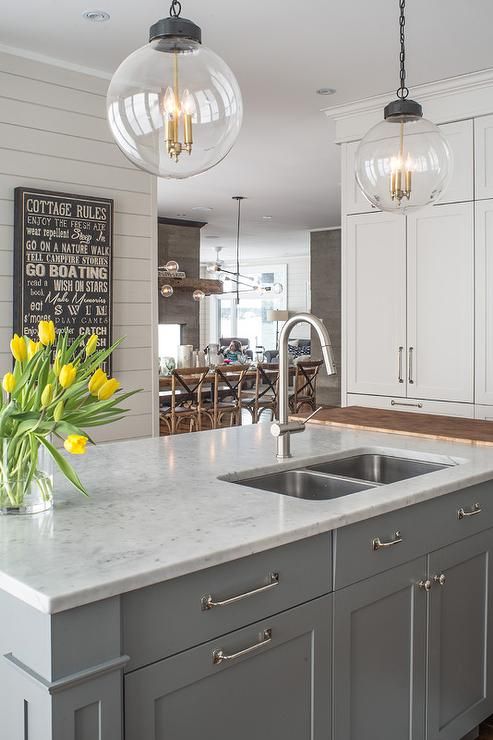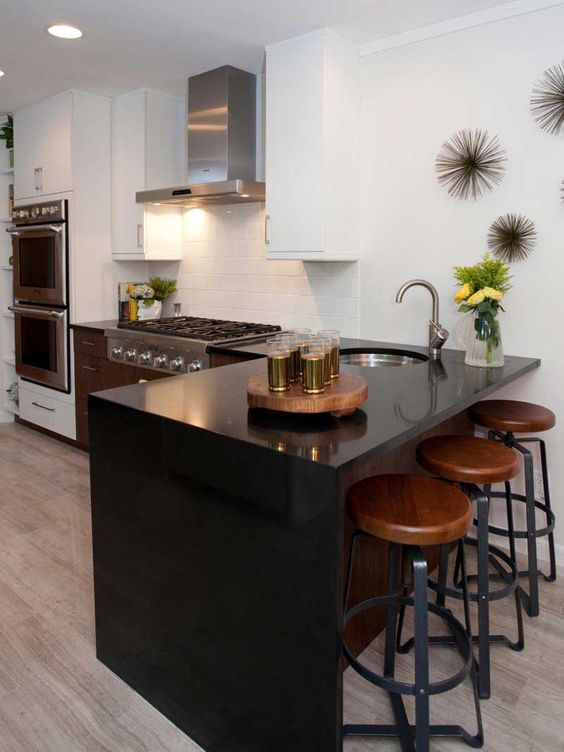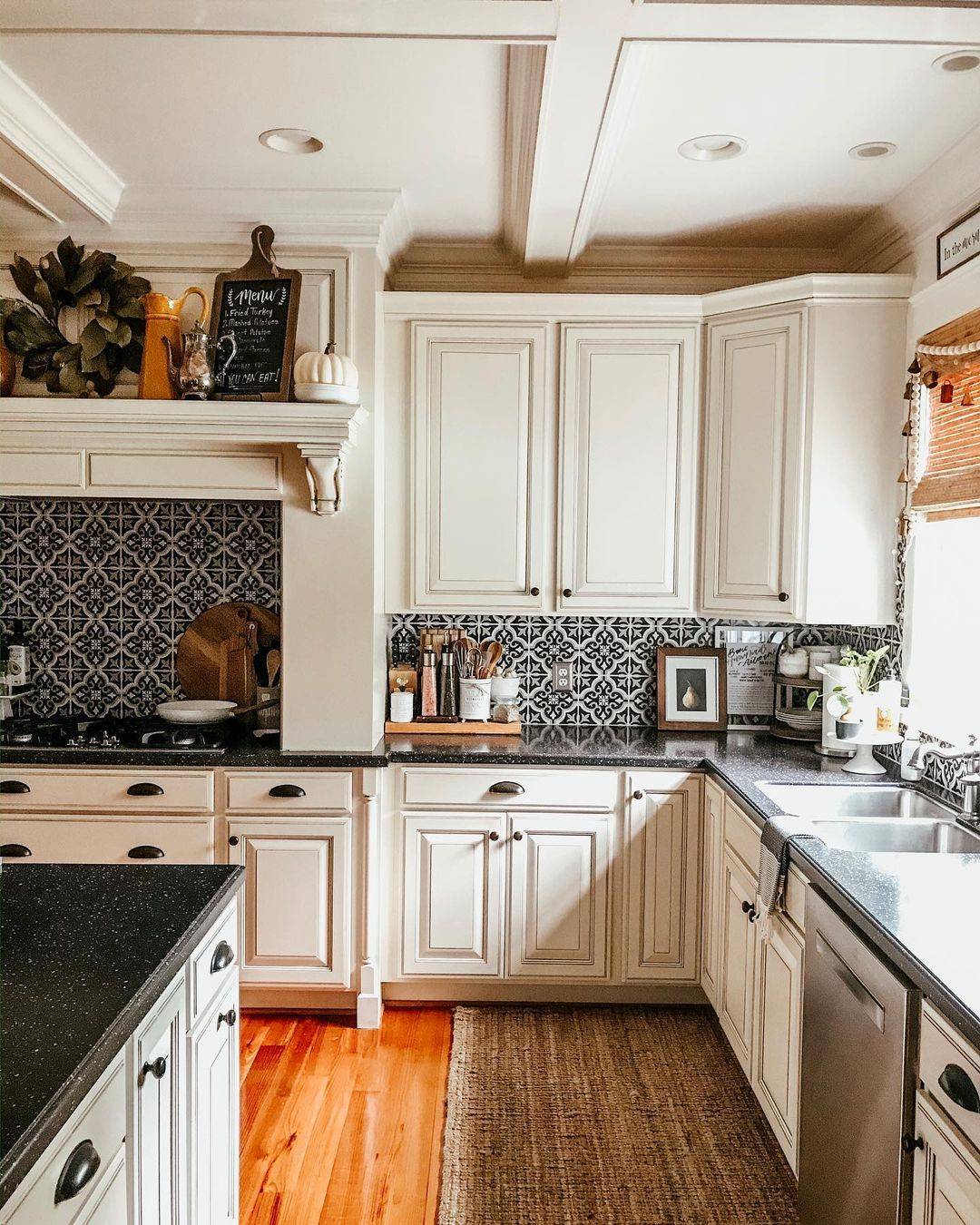Traditional kitchen countertops offer a timeless and elegant appeal that has been appreciated in homes for generations. When thinking about kitchen design, countertops are often the centerpiece of the space, and selecting the right material plays a significant role in both functionality and aesthetics. Some of the most traditional materials include granite, marble, wood, and tile. Each of these materials comes with its own set of advantages and considerations, making the choice both exciting and daunting. Understanding these materials can help homeowners make an informed decision based on durability, maintenance, cost, and personal style preferences.
Granite is one of the most popular materials for traditional kitchen countertops. It is a natural stone known for its unique patterns and strength. Its durability makes it highly resistant to scratches and heat, making it ideal for busy kitchens. Granite countertops can last for decades with proper care, making them a worthwhile investment. One of the appeals of granite is that each slab is unique, meaning no two countertops will look the same. This adds a custom and luxurious feel to any kitchen. However, granite is porous and requires sealing to prevent stains and bacteria from penetrating its surface. With regular sealing and cleaning, granite countertops can maintain their beauty and functionality for years.

Marble countertops offer an unmistakable look of elegance and luxury. Marble has been used for centuries in homes, castles, and palaces due to its rich, classic appearance. It is softer than granite but still provides a solid and durable surface for cooking. However, marble is much more susceptible to scratches, etching, and stains, especially from acidic substances like lemon juice or vinegar. For homeowners who appreciate the natural patina that marble develops over time, these imperfections can be seen as adding character. On the other hand, those looking for a more pristine look may find marble’s upkeep to be too demanding. Marble countertops require more frequent sealing and care compared to granite.
Wood countertops, particularly butcher blocks, bring warmth and a rustic charm to traditional kitchen designs. Wood offers a softer surface than stone, which can be gentler on dishes and provides a quiet, homey ambiance. It’s also an eco-friendly option, as many wood countertops are made from sustainably harvested materials or reclaimed wood. One of the great things about wood countertops is that they can be sanded and refinished to eliminate any signs of wear and tear, such as scratches or burn marks. However, wood is prone to water damage and must be sealed regularly to prevent swelling, warping, or mold growth. Proper care, including oiling the surface, can keep wood countertops looking beautiful and functional for many years.

Tile countertops are another traditional option, often seen in homes with a vintage or Mediterranean design influence. Tiles come in a wide variety of colors, patterns, and sizes, offering homeowners plenty of room for customization. They are also affordable compared to other materials like granite or marble. One of the main benefits of tile countertops is their heat resistance, making them ideal for setting hot pans directly on the surface without worry. However, grout lines between tiles can become a nuisance, as they are prone to staining and require regular cleaning to prevent bacteria buildup. Despite this, tile countertops can be a beautiful and practical choice when properly maintained.
Soapstone is a less common, but equally beautiful, traditional countertop material. Its smooth, matte finish provides a subtle and sophisticated look, ideal for homeowners who prefer a softer, understated appearance. Soapstone is non-porous, making it resistant to stains and bacteria, and doesn’t require sealing like granite or marble. However, it is softer than granite and can scratch or dent more easily. The material also darkens over time, developing a deep, rich patina that some homeowners love. Regular application of mineral oil can enhance the stone’s natural beauty and keep it looking its best.

Limestone countertops share some similarities with marble, particularly in appearance. It offers a beautiful, natural look with soft, earthy tones that can complement traditional kitchens. However, limestone is quite porous and can stain easily if not properly sealed. Like marble, it can also be etched by acidic substances, making it a more delicate choice for a kitchen countertop. Limestone requires careful maintenance and may not be the best option for high-traffic kitchens where spills are common. However, for homeowners who prioritize aesthetic appeal over functionality, limestone can be a stunning option for a traditional kitchen.
In addition to natural stone and wood, laminate countertops have also been a staple in traditional kitchen design. Laminate offers the look of more expensive materials at a fraction of the cost. Modern laminates are far more durable and visually appealing than their older counterparts, offering designs that mimic granite, wood, and marble. One of the major benefits of laminate countertops is their low maintenance—they’re easy to clean and don’t require sealing. However, they are less heat and scratch-resistant than stone or wood and may show wear more quickly. Despite these limitations, laminate can be an excellent budget-friendly option for homeowners looking for a traditional look without the high price tag.
Slate countertops are another natural stone option, often overlooked in favor of granite or marble. Slate has a unique texture and is available in rich, dark colors that bring depth and sophistication to a kitchen. It is more durable than soapstone and less prone to scratches, although it can still chip at the edges. Slate is also non-porous, making it resistant to stains and bacteria. Its low-maintenance nature makes it a great choice for homeowners who want a natural stone countertop without the high level of upkeep required by granite or marble. However, slate has limited color options compared to other stones, which may not appeal to everyone.

Stainless steel countertops, while more common in modern or industrial kitchens, can also be integrated into traditional designs. They provide a sleek, professional look and are incredibly durable and easy to clean. Stainless steel is non-porous, meaning it is resistant to bacteria and stains. It is also heat-resistant, making it perfect for high-heat cooking environments. However, stainless steel can scratch easily, and fingerprints or smudges are often visible. Despite this, it’s a low-maintenance option for homeowners who value cleanliness and durability above all else.
Concrete countertops, while more of a contemporary choice, can be used in traditional kitchens with the right finish and design. They can be customized with different pigments and textures to mimic the appearance of natural stone or even wood. Concrete is highly durable and resistant to heat and scratches. However, it is porous and requires sealing to prevent staining. Over time, concrete countertops can develop small cracks due to natural expansion and contraction. Despite this, concrete offers a unique and customizable option for homeowners looking to mix traditional and modern elements in their kitchen design.
Onyx countertops, while rare, offer a strikingly beautiful and unique look for a traditional kitchen. Onyx has a translucent quality that can create a glowing effect when backlit, making it a real statement piece. However, it is much softer than granite or marble, making it more prone to scratches, chips, and stains. Onyx countertops require careful maintenance and are better suited for areas of the kitchen with less traffic, such as an island or bar area. Despite the high maintenance, the beauty of onyx can be unmatched, adding an air of luxury and elegance to any kitchen.

Travertine is another stone often used in traditional kitchen countertops. Its distinct veining and neutral tones make it a popular choice for those looking for a rustic or Mediterranean-inspired design. Like limestone and marble, travertine is porous and requires regular sealing to protect against stains and etching. It is also more prone to scratches and chips compared to harder stones like granite. However, the warm, earthy look of travertine can bring a natural beauty to a kitchen, especially when paired with wood cabinetry and other traditional design elements.
Quartz countertops, while engineered, can still offer a traditional look, especially when made to mimic natural stones like marble or granite. Quartz is incredibly durable and non-porous, meaning it doesn’t require sealing and is resistant to stains, scratches, and bacteria. It is also available in a wide range of colors and patterns, offering more consistency in design than natural stone. Quartz is a low-maintenance option that combines the beauty of natural stone with the practicality of man-made material, making it a popular choice for traditional kitchens where durability and ease of care are priorities.
In terms of color schemes, traditional kitchen countertops tend to favor neutral tones, such as whites, creams, grays, and browns. These colors not only complement a wide variety of cabinetry and backsplash options but also help to create a timeless look that won’t go out of style. The focus in traditional design is often on creating a warm, welcoming space that feels both elegant and functional. By choosing a countertop material that complements this aesthetic, homeowners can ensure their kitchen remains stylish and practical for years to come.

Common Mistakes to Avoid
When selecting traditional kitchen countertops, one common mistake is overlooking the long-term maintenance requirements of certain materials. For example, while marble and wood can offer a beautiful, classic look, they require more care than granite or quartz. Homeowners should consider whether they are willing to invest time and effort into sealing, polishing, or oiling their countertops regularly.
Another mistake is prioritizing aesthetics over functionality. Some materials, like onyx or limestone, are more delicate and may not stand up to the wear and tear of a busy kitchen. It’s important to choose a material that fits both the design and the daily use of the kitchen. Budget constraints can also lead to poor decisions; while laminate is a budget-friendly option, it may need to be replaced sooner than a more durable material.
Additionally, failing to consider the environmental impact of countertop materials can be a mistake for eco-conscious homeowners. Materials like reclaimed wood or sustainably sourced stones can be more environmentally friendly compared to synthetic options.
Improper installation is another pitfall. Even the highest-quality countertop materials won’t perform well if they aren’t installed correctly. Homeowners should always hire professional installers with experience in the specific material they’ve chosen.
Last, ignoring the compatibility of the countertop material with other kitchen elements, such as cabinets and flooring, can result in a disjointed look. It’s important to view the kitchen as a cohesive space and ensure that all design elements work together harmoniously.

What is the most durable traditional kitchen countertop material?
Granite is often considered one of the most durable traditional countertop materials. It is resistant to heat, scratches, and stains when properly sealed, making it ideal for a high-traffic kitchen. However, quartz is also highly durable, as it is non-porous and requires less maintenance than natural stones like granite or marble.
Are wood countertops practical for a busy kitchen?
Wood countertops, particularly butcher block, can be practical in a busy kitchen if properly maintained. Regular sealing and oiling are necessary to protect against water damage and wear. Wood countertops can also be sanded and refinished to remove scratches, but they are more susceptible to staining and moisture compared to stone countertops.
How often do I need to seal marble countertops?
Marble countertops should be sealed at least once a year, though high-use areas may require more frequent sealing. The sealing helps protect the porous surface from stains and etching caused by acidic substances. Proper cleaning with pH-neutral products also helps maintain the countertop’s appearance.

Can I place hot pans directly on a traditional countertop?
While materials like granite, tile, and stainless steel are heat-resistant, it is still advisable to use trivets or hot pads to protect the countertop from thermal shock, which can cause cracking or discoloration. Wood and laminate countertops, in particular, should never have hot pans placed directly on them as they can scorch or warp.
What is the best way to clean traditional countertops?
The best cleaning method depends on the material. For natural stone countertops like granite or marble, a mild soap and water solution or a cleaner specifically designed for stone surfaces should be used. Wood countertops should be cleaned with a damp cloth and occasionally oiled. Avoid harsh chemicals or abrasive cleaners, as they can damage the countertop’s surface.
Are laminate countertops a good choice for traditional kitchens?
Laminate countertops can be a good choice for traditional kitchens, especially for homeowners on a budget. Modern laminates can mimic the look of natural stone or wood and are easy to maintain. However, they are less durable than stone or wood and may need replacing sooner due to wear and tear.

Related Posts:
- Sensa Blue Pearl Granite Kitchen Countertop
- Manufactured Kitchen Countertops
- Lazy Granite Kitchen Countertop
- Pictures Of Kitchen Cabinets And Countertops
- Uba Tuba Granite Kitchen Countertop
- Kitchen Countertops Atlanta Ga
- Kitchen Granite Countertop Installation
- Pictures Of Kitchens With Green Countertops
- Kitchen Countertop Tile Design Ideas
- Kitchen Marble Countertops And Backsplash